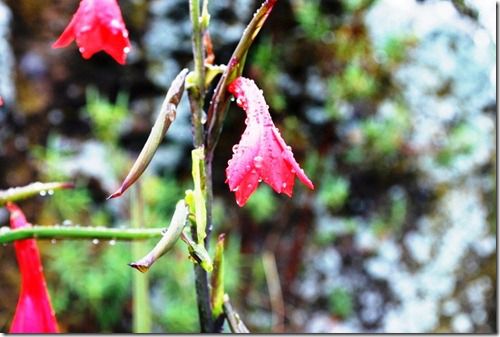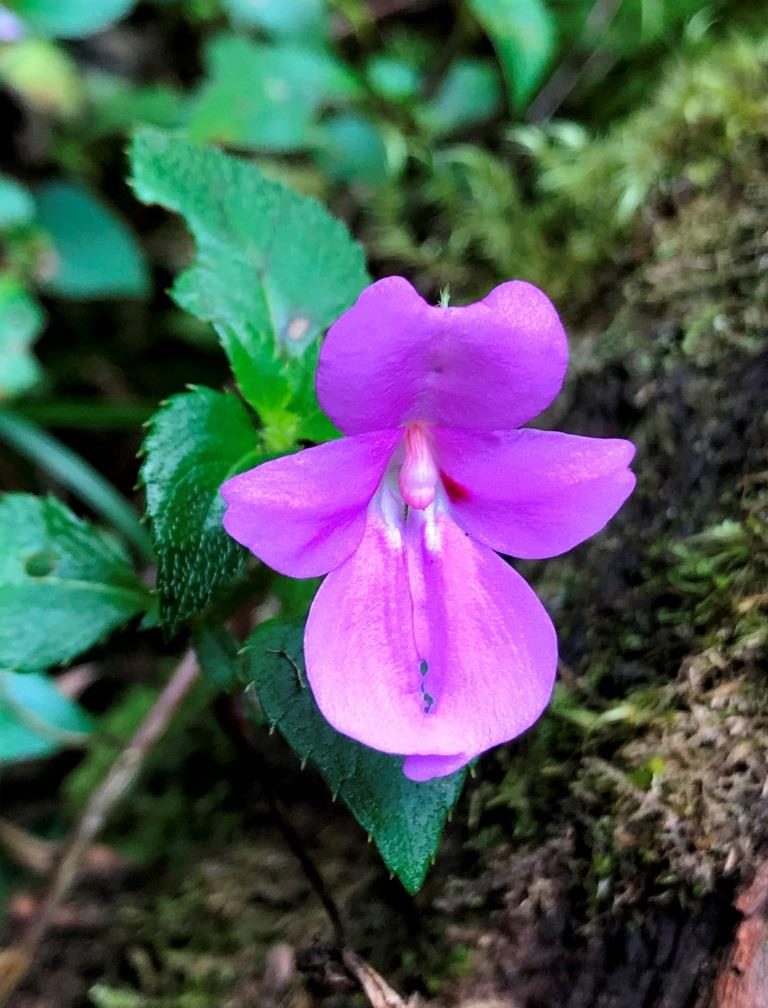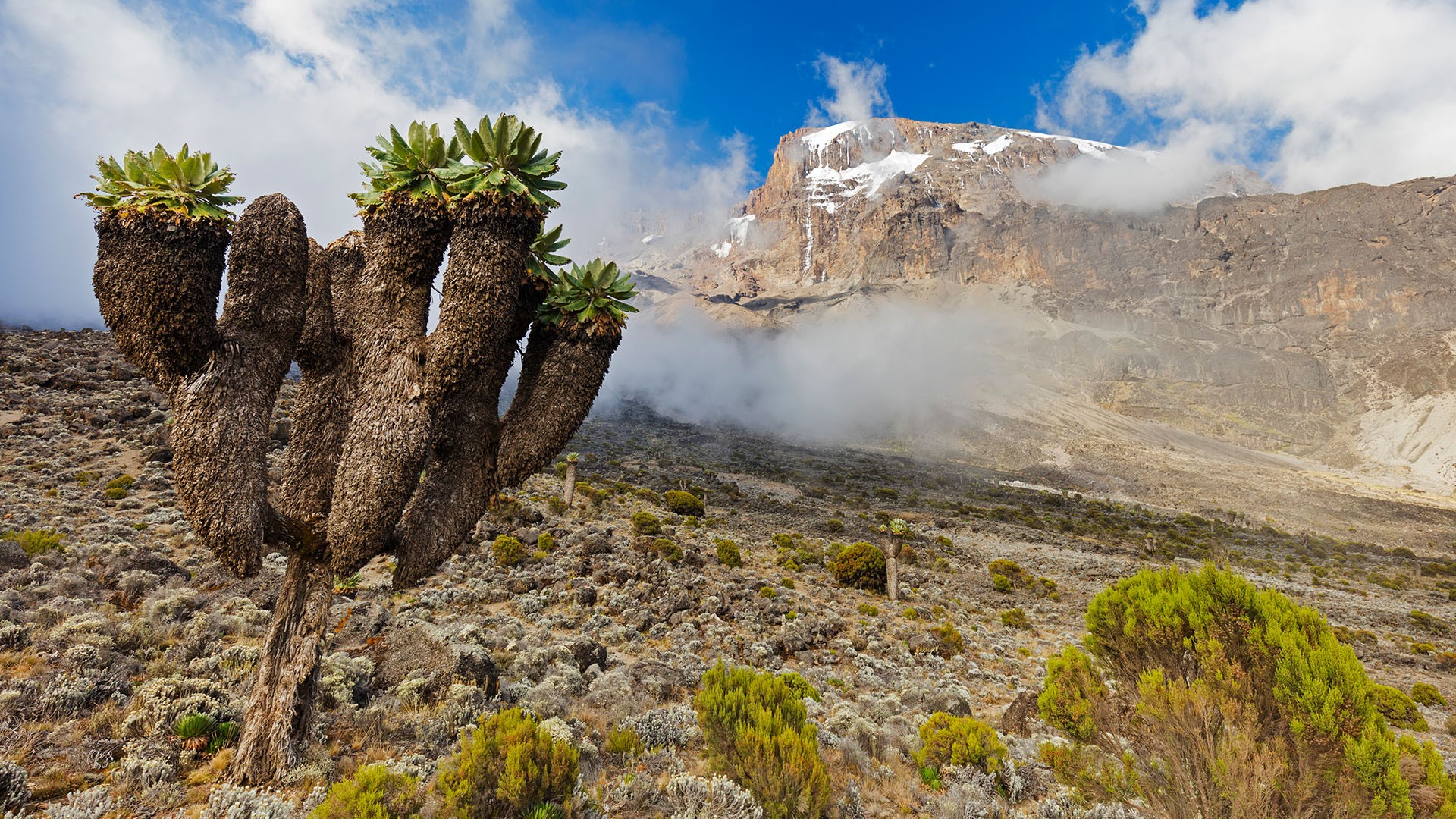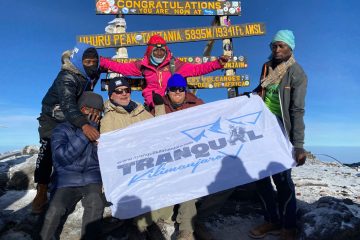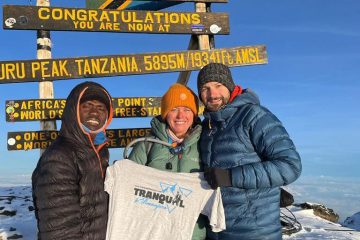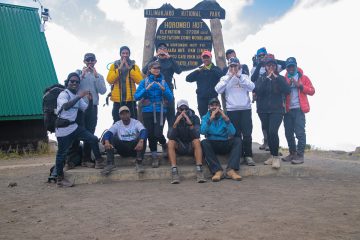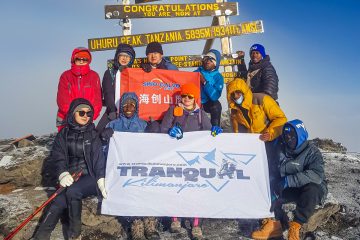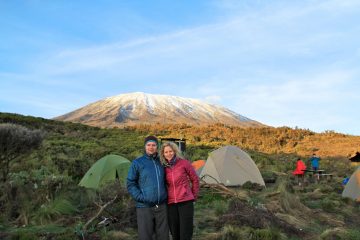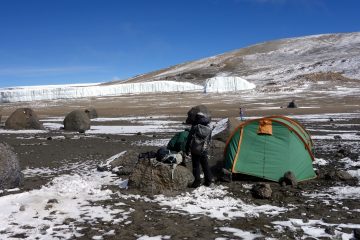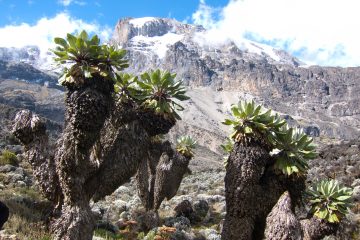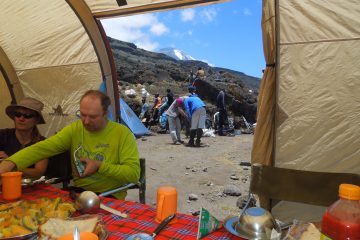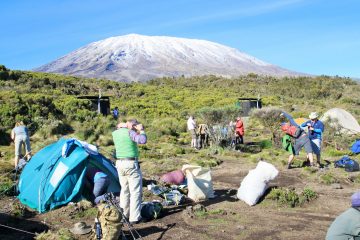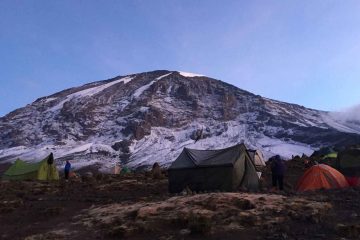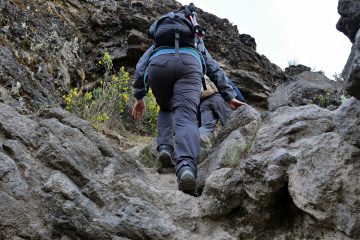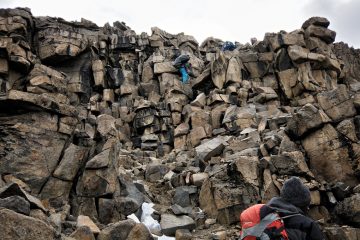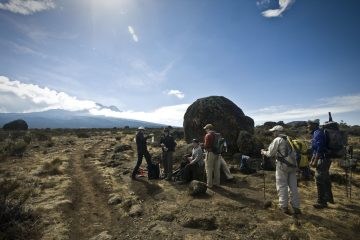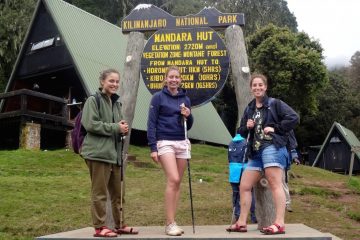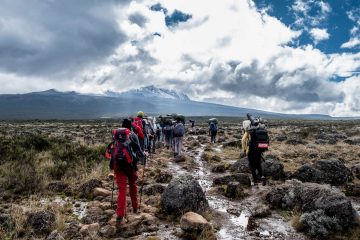The vegetation of Mount Kilimanjaro is subdivided into different climate zones. Falling second in height only to Mount Everest, Mount Kilimanjaro is the tallest in Africa as well as the tallest freestanding mountain in the world.
The mountain lies the Afromontane region of Africa, one of the Earth’s eight biogeographic realms, covering the flora and fauna species found in the mountains of Africa and the southern Arabian Peninsula which stands on the equator with freestanding mountains and plateaus bundled amongst lowlands in contrast.
The richness of Mount Kilimanjaro’s biodiversity is unmatched as you can trek through five different climate zones within a few days as you go up the mountain. Below are the climatic/vegetation zones of Mount Kilimanjaro.
- Cultivated Zone (Lowlands): Found in the low altitudes of the mountain, between 790-1,800 meters (2,600 and 5,900 feet). The lowlands are the subtropical area situated just above the Serengeti An area characterized by heavier rainfall where banana, coffee, and other crop plantations are dominant in this vegetation.
- Rainforest: Found between the altitudes of 1,800-2,800 meters (5,900 and 9,200 feet). The rainforest is a subtropical rainforest with abundant flora and fauna (plant and animal life). It is also here where you find most species of flowering plants ranging in this Rainforest zone.
- Moorland and heather: Lying between 2,800-4,000 meters (9,200 feet and 13,100 feet), compared to the other areas, this zone has less vegetation and has scarce plant and animal species among them groundsels, lobelias, heather, and tree moss. Beyond 4,000 meters or 13,000 feet, trees disappear.
- Alpine or high desert: Lies between 4,000-5,000 meters (13,100 and 16,400 feet), This zone is more or less an arid or semi-arid zone that bears no trees and very few tough plants that can only thrive in harsh conditions. The type of plants found here constitutes Sage grass, hearty helichrysum flowers, moss, and thistles.
- Arctic or summit: This is the summit zone that is snow-capped, characterized with subzero temperatures, thin air, intense sunlight, heavy snow and ice that is located anywhere above 5,00 meters or 16,400. Do not expect to find any plant life here in this zone.
Mount Kilimanjaro’s western and southern slopes are wetter than the areas in the north and eastern sides of the mountain. Arusha City lies on the western side of Mount Kilimanjaro which is a tropical bowl, while the Serengeti Plains located to the northeastern side of Kilimanjaro are fairly dry.


